Kód: 04536953
Icons and Iconoclasm in Japanese Buddhism
Autor Pamela D. Winfield
Pamela D. Winfield offers a fascinating juxtaposition and comparison of the thoughts of two pre-modern Japanese Buddhist masters on the role of imagery in the enlightenment experience. Kukai (774-835) believed that real and imagin ... celý popis
- Jazyk:
 Angličtina
Angličtina - Vazba: Brožovaná
- Počet stran: 230
Nakladatelství: Oxford University Press Inc, 2013
- Více informací o knize

Mohlo by se vám také líbit
-

Central Banking - Theory and Practice in Sustaining Monetary and Financial Stability
2264 Kč -

CNC Cookbook
620 Kč -

Welfare
828 Kč -

Communist Party of Great Britain Since 1920
3313 Kč -

Reallionaire
362 Kč -

Creativity, Wisdom, and Trusteeship
2787 Kč -

Inhabit Architecture
1028 Kč
Darujte tuto knihu ještě dnes
- Objednejte knihu a zvolte Zaslat jako dárek.
- Obratem obdržíte darovací poukaz na knihu, který můžete ihned předat obdarovanému.
- Knihu zašleme na adresu obdarovaného, o nic se nestaráte.
Více informací o knize Icons and Iconoclasm in Japanese Buddhism
Nákupem získáte 165 bodů
 Anotace knihy
Anotace knihy
Pamela D. Winfield offers a fascinating juxtaposition and comparison of the thoughts of two pre-modern Japanese Buddhist masters on the role of imagery in the enlightenment experience. Kukai (774-835) believed that real and imagined forms were indispensable to his new esoteric Mikkyo method for "becoming a Buddha in this very body" (sokushin jobutsu), yet he deconstructed the significance of such imagery in his poetic and doctrinal works. Conversely, Dogen (1200-1253) believed that "just sitting" in Zen meditation without any visual props or mental elaborations could lead one to realize that "this very mind is Buddha" (sokushin zebutsu), but he too privileged select Zen icons as worthy of veneration. In considering the nuanced views of Kukai and Dogen, Icons and Iconoclasm in Japanese Buddhism updates previous comparisons of their oeuvres and engages their texts and images together for the first time in two decades. Winfield liberates them from sectarian scholarship, which has long pigeon-holed them into iconographic/ritual vs. philological/philosophical categories, and restores the historical symbiosis between religious thought and artistic expression that was lost in the nineteenth-century disciplinary distinction between religious studies and art history. Winfield breaks new methodological ground by proposing space and time as organizing principles for analyzing both meditative experience as well as visual/material culture and presents a wider vision of how Japanese Buddhists themselves understood the role of imagery before, during, and after awakening.
 Parametry knihy
Parametry knihy
Zařazení knihy Knihy v angličtině Humanities Religion & beliefs Buddhism
1646 Kč
- Plný název: Icons and Iconoclasm in Japanese Buddhism
- Podnázev: Kukai and Dogen on the Art of Enlightenment
- Autor: Pamela D. Winfield
- Jazyk:
 Angličtina
Angličtina - Vazba: Brožovaná
- Počet stran: 230
- EAN: 9780199945559
- ISBN: 0199945551
- ID: 04536953
- Nakladatelství: Oxford University Press Inc
- Hmotnost: 346 g
- Rozměry: 234 × 170 × 11 mm
- Datum vydání: 07. March 2013
Oblíbené z jiného soudku
-

Mindfulness in Plain English
282 Kč -

When Things Fall Apart
276 Kč -
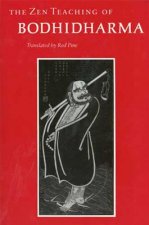
Zen Teachings
429 Kč -

When Things Fall Apart
398 Kč -

Who Ordered This Truckload of Dung?
366 Kč -
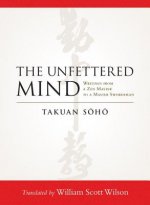
Unfettered Mind
403 Kč -

How to Love
234 Kč -

The Way of Zen
329 Kč -

Don't be a Jerk and Other Practical Advice from Dogen, Japan's Greatest Zen Master
394 Kč -

Sit Down and Shut Up
423 Kč -
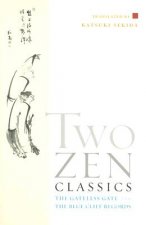
Two Zen Classics
744 Kč -
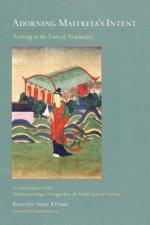
Adorning Maitreya's Intent
628 Kč -
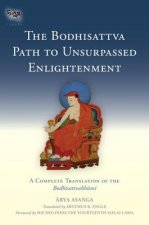
Bodhisattva Path to Unsurpassed Enlightenment
1250 Kč -

Radical Acceptance
436 Kč -
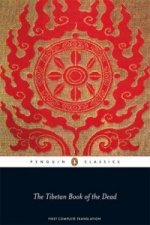
Tibetan Book of the Dead
357 Kč -
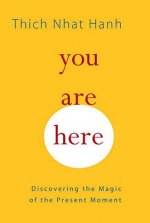
You Are Here
293 Kč -

The Book of Joy
410 Kč -
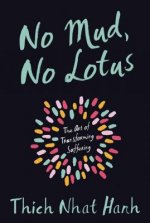
No Mud, No Lotus
344 Kč -
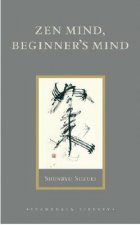
Zen Mind, Beginner's Mind
426 Kč -
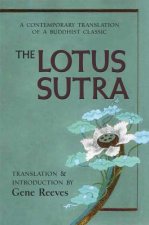
Lotus Sutra
303 Kč -
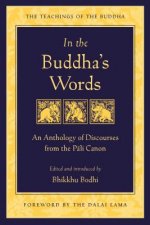
In the Buddha's Words
482 Kč -
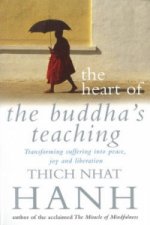
Heart Of Buddha's Teaching
437 Kč -

Feeding Your Demons
410 Kč -
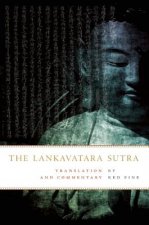
Lankavatara Sutra
466 Kč -
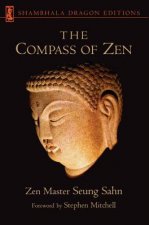
Compass of Zen
782 Kč -
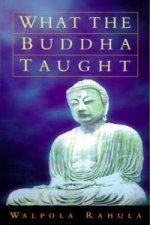
What the Buddha Taught
342 Kč -

Monk's Guide to a Clean House and Mind
234 Kč -
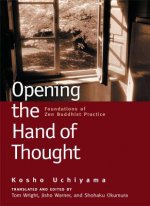
Opening the Hand of Thought
418 Kč -
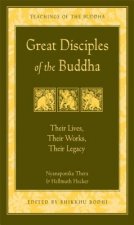
Great Disciples of the Buddha
447 Kč -

Right Concentration
487 Kč -

Everyday Zen
303 Kč -
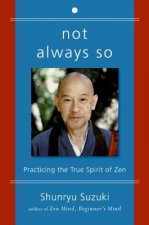
Not Always So
433 Kč -
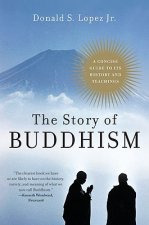
Story of Buddhism
388 Kč -

Wisdom of Insecurity
370 Kč -

Joy of Living
303 Kč -
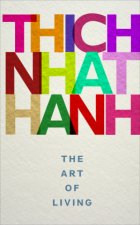
Art of Living
389 Kč -
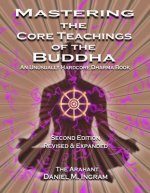
Mastering the Core Teachings of the Buddha
1151 Kč -

Falling into Grace
381 Kč -
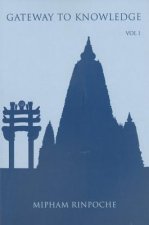
Gateway to Knowledge, Volume I
408 Kč -

Zen Teaching of Homeless Kodo
357 Kč -
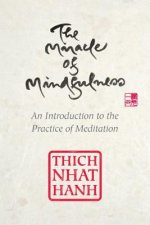
The Miracle of Mindfulness, Gift Edition : An Introduction to the Practice of Meditation
462 Kč -
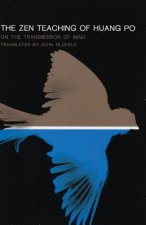
Zen Teaching of Huang Po
325 Kč -
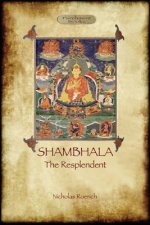
Shambhala the Resplendent
373 Kč -
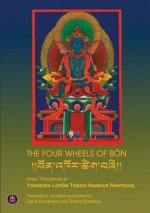
Four Wheels Bon
323 Kč -
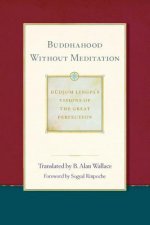
Buddhahood Without Meditation
472 Kč -
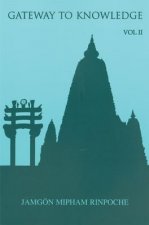
Gateway to Knowledge, Volume II
443 Kč -
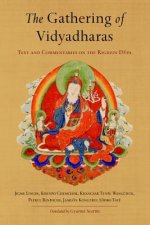
Gathering of Vidyadharas
908 Kč -

Anger
410 Kč -
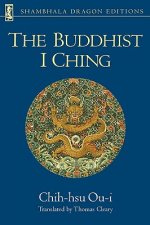
Buddhist I Ching
747 Kč
Osobní odběr Praha, Brno a 12903 dalších
Copyright ©2008-24 nejlevnejsi-knihy.cz Všechna práva vyhrazenaSoukromíCookies



 Vrácení do měsíce
Vrácení do měsíce 571 999 099 (8-15.30h)
571 999 099 (8-15.30h)